Gondwanaland: the search for a land before (human) time

Around 400 million years ago, before Australia was a continent on its own, we were lying on our side, attached to Antarctica, India, South America, Africa, Madagascar, Arabia, and Aotearoa/New Zealand, in a giant land mass called Gondwanaland (also commonly known as ‘Gondwana’).
This ancient supercontinent – tucked away deep in time – existed well before humans, before human ancestors, even.
It was on Earth, but not an Earth that we’d recognise: the world was split into two supercontinents, with no ice caps on either end, and carbon dioxide levels were about seven times higher than they are today. Earth was hot, humid, and full of lush vegetation – and dinosaurs were starting to dominate the land.
But then about 200 million years ago, deep under the ocean, our connecting plates started to crack.
One by one, the pieces of the supercontinent started to break up, each floating our separate ways across the globe – South Asia migrating to the global north, Antarctica to the southern pole, while the rest of us stretched across the southern oceans. Each land mass took with it living flora and fauna as evidence of the life we once lived together.
But that isn’t where Gondwanaland’s story ends.
Fast-forward to today, and Gondwanaland has a modern history – a present, even – that’s being uncovered as part of an international research project called ‘Gondwana/Land’, led by UNSW Sydney, with Flinders University.
This collaborative project is tracing a modern history of Gondwanaland and what it means to us today: whether it’s the remnants we protect, the relics we burn, or the way we use – and misuse – the idea of Gondwanaland.
“We’re writing a modern history from the 1880s onwards of something that’s over 200 million years old,” says UNSW Scientia Professor Alison Bashford, a historian, director of UNSW’s Laureate Centre for History & Population, and leader of the project with partners Dr Alessandro Antonello, Flinders University; Professor Pratik Chakrabarti, University of Houston; and Professor Saul Dubow, University of Cambridge.
“How did late nineteenth-century geologists think about Southern Hemisphere continents and the Earth’s deep past, and why does the term ‘Gondwanaland’ have such popular purchase now, in Australia more than any other of Gondwanaland’s fragments?” asks Prof. Bashford.
“Understanding the history of science helps explain the parameters of today’s research questions, and how the current consensus on plate tectonics, and a dynamic Earth came to be.”
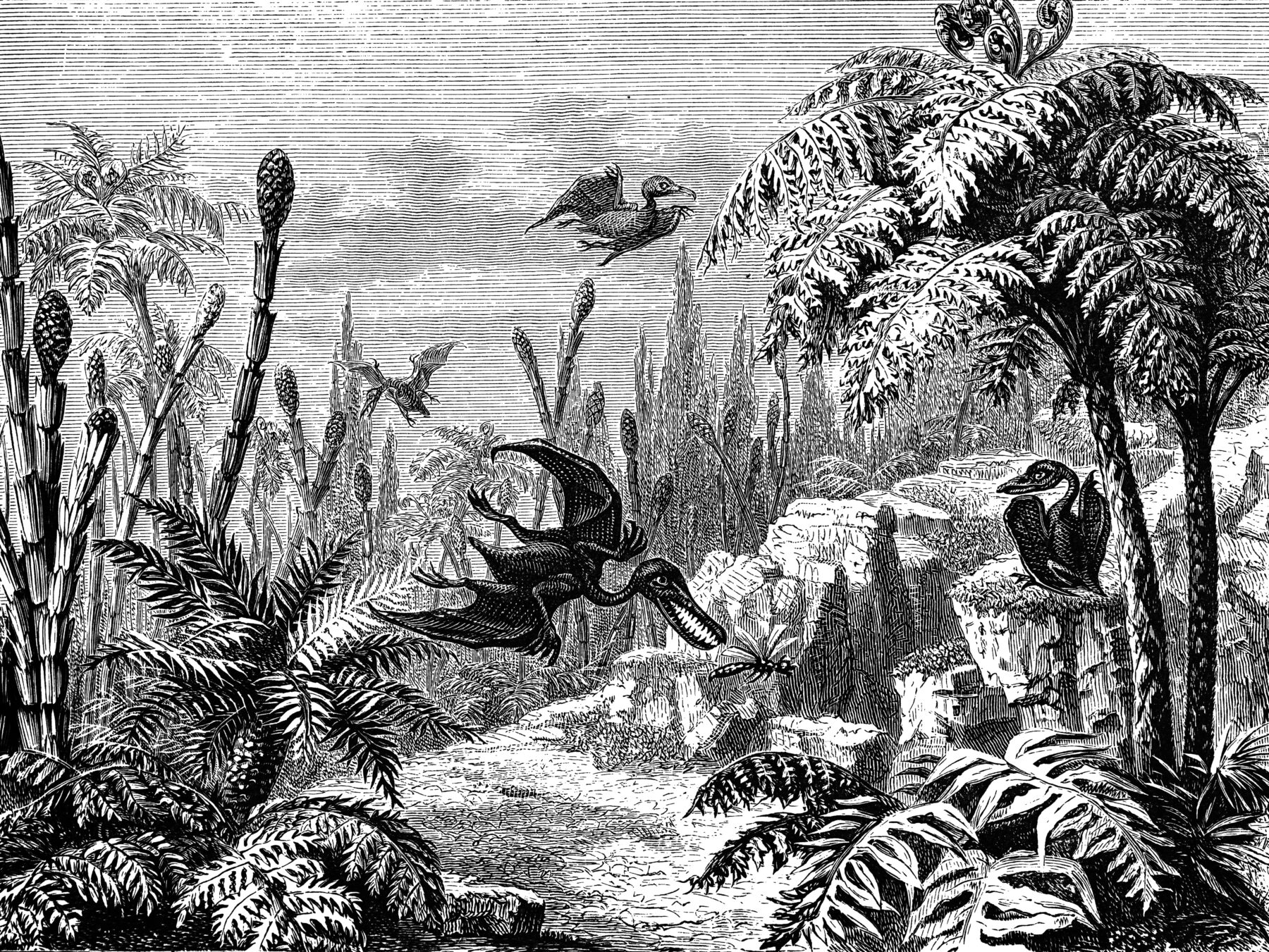
The multi-disciplinary team behind the project – which includes historians, geologists, anthropologists and more – is made up of researchers from every continent across former Gondwanaland. The project is supported by the Australian Research Council and UK’s Arts and Humanities Research Council.
“All the parts of former Gondwanaland have very different modern histories to tell, and it’s only by bringing that big team together that we can think about the Southern Hemisphere story,” says Prof. Bashford.
“In a way, our project brings Gondwanaland back together again.”
The modern history of an ancient supercontinent
The modern history of this ancient southern supercontinent starts – somewhat ironically – just inside the Northern Hemisphere, in a region in central India called Gondwana.
“The word ‘Gondwana’ comes from, and is named after, the Gond people in central India,” says Prof. Bashford. “It means ‘Land of the Gonds’.”
It’s for this reason that the supercontinent is sometimes referred to as Gondwana, and at other times Gondwanaland – the latter, to distinguish it from the region in India.
Dr Jarrod Hore, a UNSW environmental historian on the Gondwana/Land team and co-director of the New Earth Histories research program, says the discovery of the ancient supercontinent started with people in search of coal.
“In the early 19th century, geologists in the Satpura Basin in India and Hunter Basin in Australia were writing to each other about the fossils they discovered in the coal,” he says.
“They realised that there was a particular fossil, the Glossopteris fossil, that appeared in both coal beds, which were obviously thousands and thousands of kilometres apart.”
The fossil they kept finding was of the Glossopteris leaf: an ancient, tongue-shaped leaf from the Glossopteris tree, which we now know was once the most common trees across Gondwanaland.
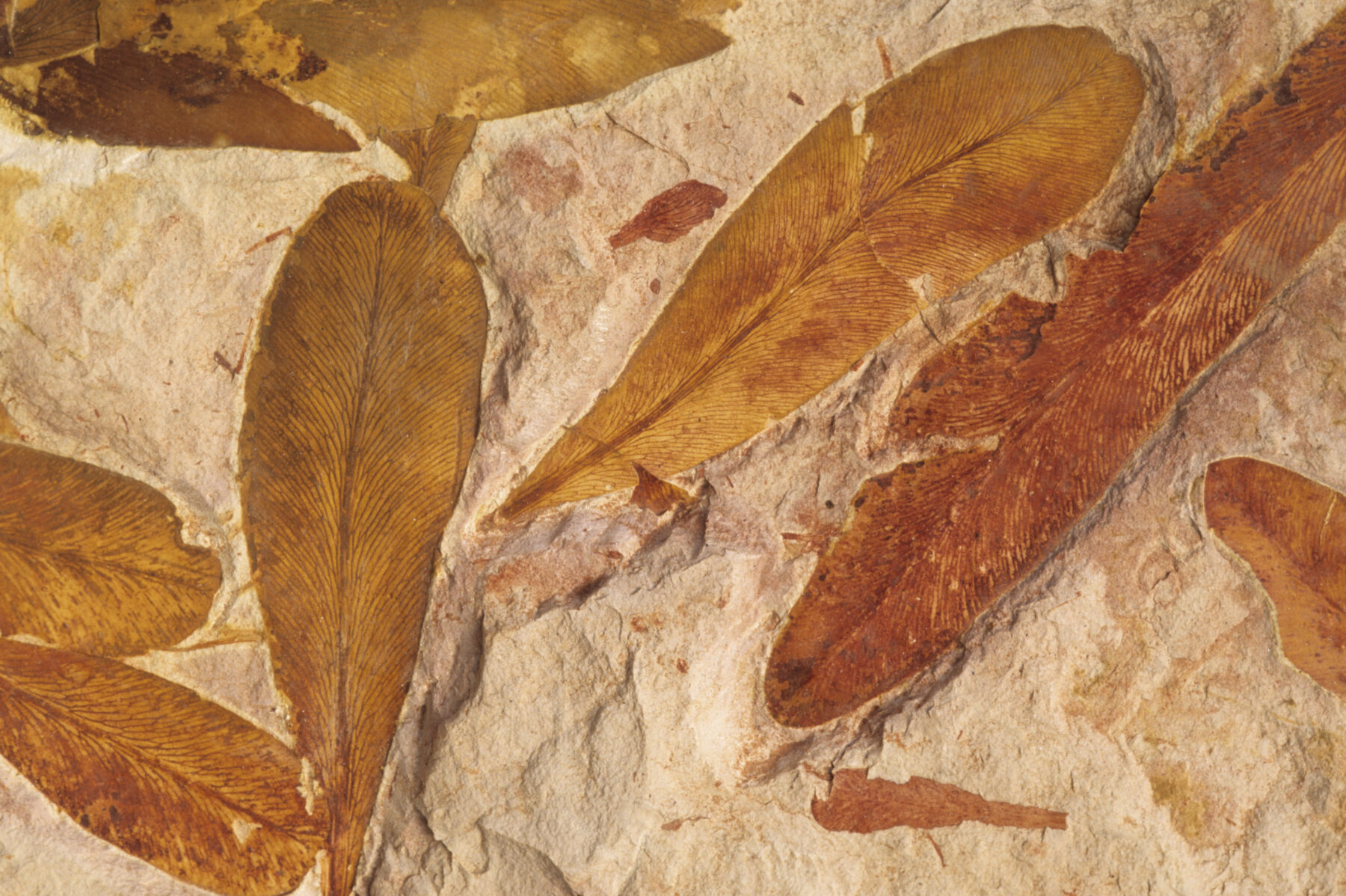
Evidence of the same fossil across different regions of the world soon started to build, suggesting these continents were once connected. Then, in 1885, Austrian geologist Eduard Suess proposed the idea of the ancient supercontinent and named it ‘Gondwanaland’, after the region in India.
But while this ancient supercontinent was being ‘discovered’, the people living in the region it was named after were being driven off their land.
“The Gond people were moved off their homeland,” says Prof. Bashford. “Firstly, through tree clearing, and then through coal mining.”
To this day, there is a Gond political party bidding for the return of the Gond people to Gondwana, and for the recognition of Gondwana as a separate state.
Gond political leaders, poets, and artists have sometimes even referenced the ancient supercontinent as the original home of the Gonds.
“This ancient supercontinent that we associate with a dry geological past has a very human, cultural, social meaning attached to it,” says Dr Hore.
“It’s a history that hinges on imperialism. It’s a history that hinges upon exploited materials. It’s a history that hinges upon the violence of colonialism and British imperial rule in India.
“It’s a history that relates to the industrial revolution, in the sense that these geologists are looking for industrial resources – specifically, the fossil resources that were making Britain the richest place in the world.
“Those networks and flows shape science and scientific ideas. And they’re important for us to remember when we’re thinking about something that seems to be a neutral term, like Gondwanaland.”
A mythical, mystical place
Prof. Bashford is a historian of science – that is, she studies what historians and geologists from yesteryear thought about Gondwanaland, and how this has changed over time.
For instance, scientists in the first half of the 20th century weren’t convinced the idea of plate tectonics had any credibility at all, she says.
“Early geologists sometimes put Gondwanaland in the same bucket as Atlantis,” says Prof. Bashford.
“They didn’t really know yet whether Gondwanaland was true or not. It was a hypothesis.”
Even the famous Antarctic explorer, Douglas Mawson, she says, wasn’t convinced that Gondwanaland was real.
In fact, he even wrote a fictional story about being lost in Gondwanaland.
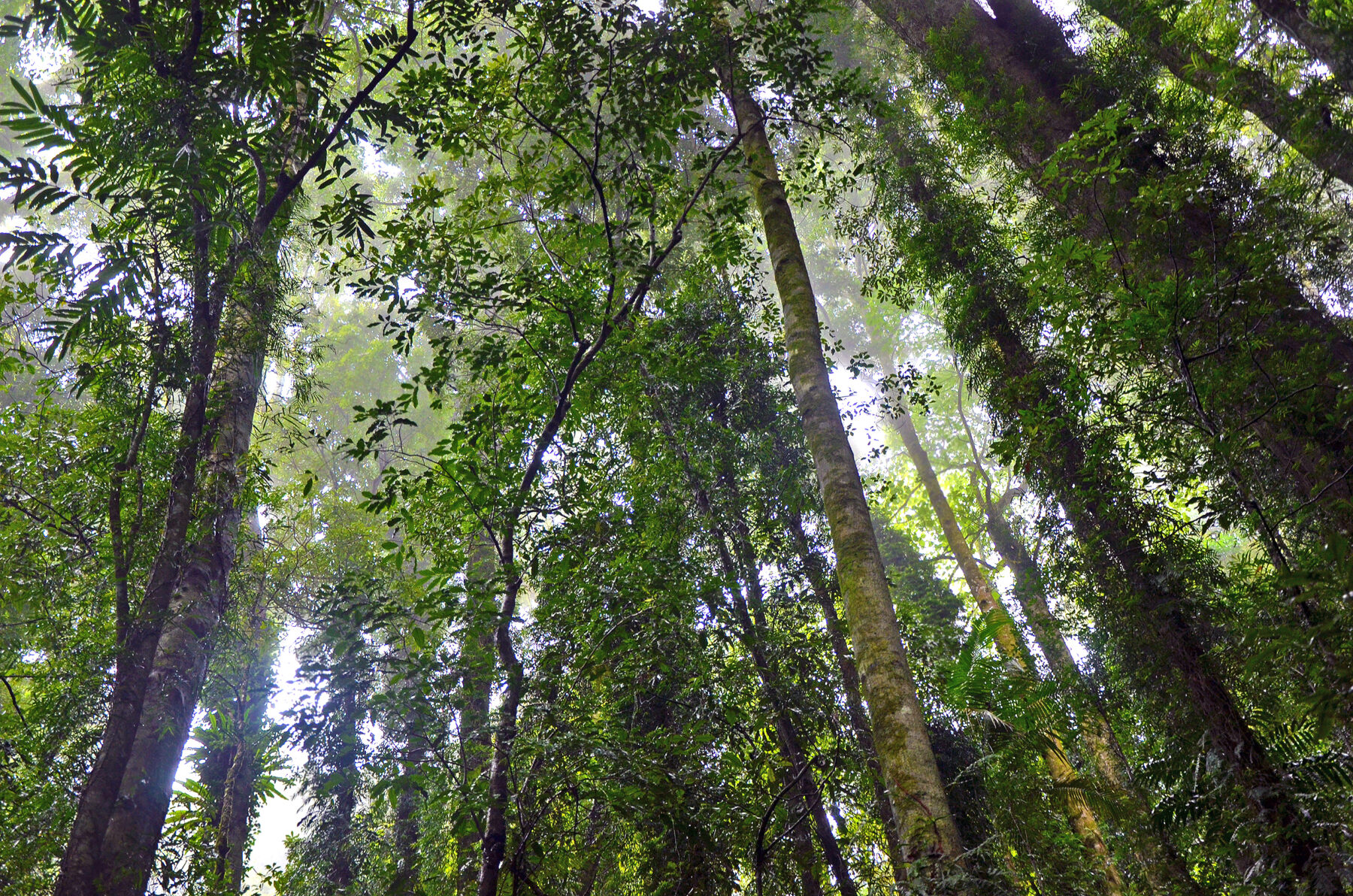
But Gondwanaland wasn’t only considered fictional by geologists and explorers – it became a mythical place that now turns up frequently in science fiction.
“Gondwanaland is an almost mythic space and place,” says Prof. Bashford. “It appears everywhere in fiction and especially science fiction.
“It’s partly the word itself – the ‘land’ in Gondwanaland suggests another place, something other-worldly.”
From J.B. Rowley’s children series Trapped in Gondwana, to Yves Sente’s comic Le sanctuaire du Gondwana, there are extensive examples of Gondwanaland appearing in fiction.
The stories are often aimed at children or young adults, with plot lines that often follow the science fiction time-traveller trope of someone falling through a crack in the Earth to another place and time. Then, once the characters arrive at the mythical place – in this case, Gondwanaland – they need to try to find their way back home.
“The idea of Gondwanaland suggests a wilderness, a pure Earth before humans,” says Prof. Bashford.
“This semi-mythic, semi-real, deep-time place can be mobilised quite readily, and that’s exactly what’s happening.”
The uses – and misuses – of Gondwanaland
Despite the etymological and geological roots that link Gondwanaland to India, Australians often think of the term ‘Gondwanaland’ as belonging to them.
“Australians often assume it’s an Indigenous word,” says Prof. Bashford.
In fact, Prof. Bashford says, Gondwanaland is one of Australia’s more successful and recognisable ‘brands’.
“If you look on the ABN lookup, there are about 350 companies with ‘Gondwana’ or ‘Gondwanaland’ in their name,” she says.
The ABN list covers everything from a day spa and an art gallery to the famous Australian children’s choir.
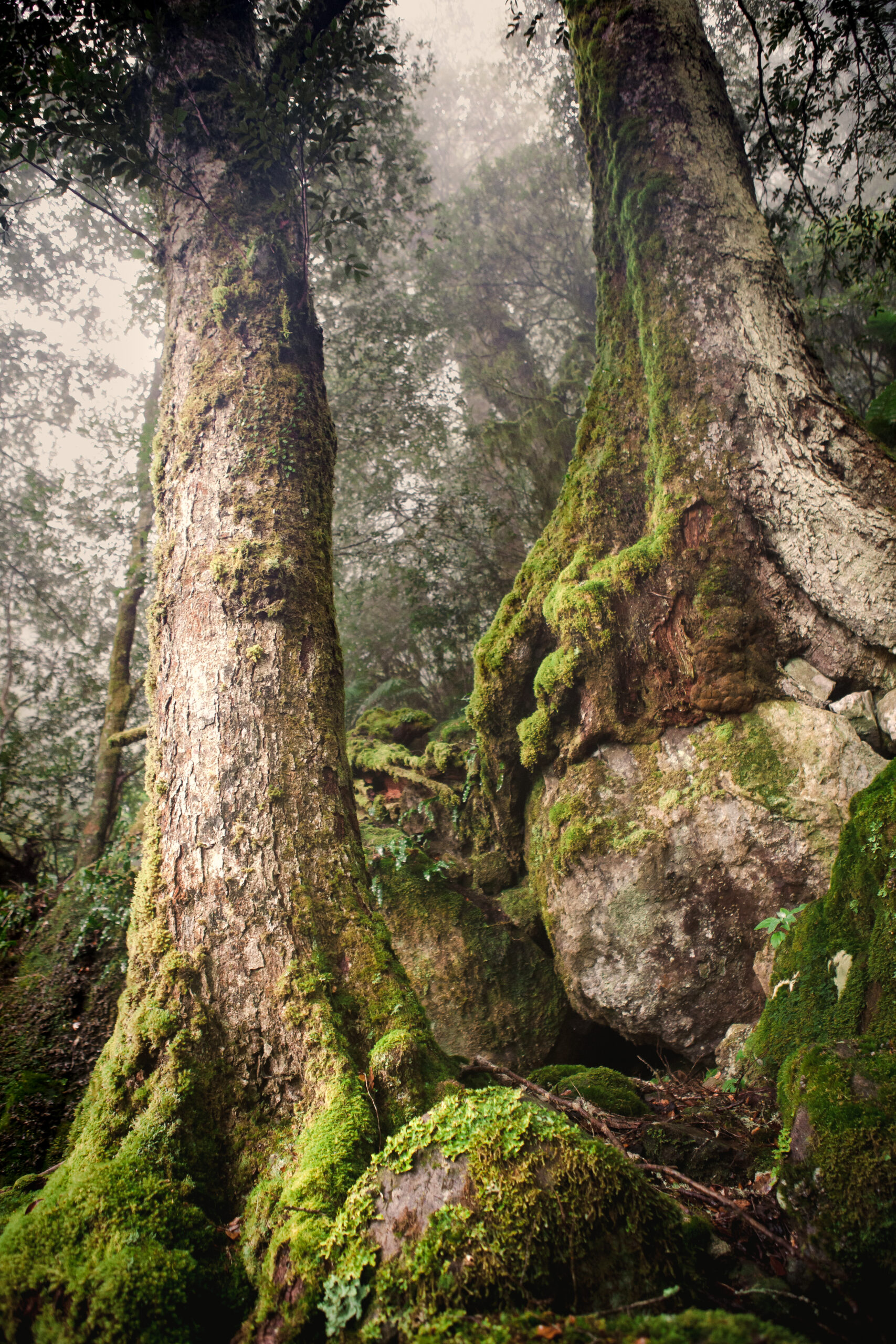
‘Gondwana’ has even been used to represent businesses at seemingly ideological odds – for instance, both an environmental protection company and a mineral extraction company.
“It’s a self-confession of an obsessed academic, but probably three times a week I still visit the ABN website, plug in Gondwanaland and go through the list again, astounded at the purchase the word has in Australia,” says Prof. Bashford.
“Just why Australia appropriates Gondwanaland like this is one of our research questions.”
“This is not the case in India. And it’s not the case in South Africa. It’s very particular to here.”
Part of the appeal of ‘Gondwanaland’ as a brand in Australia is the depth of time and space it evokes. It suggests something ancient and pure, and often elicits a positive response.
“If the word was copyrightable, it would have been,” says Prof. Bashford.
However, despite the positive feeling we might get when hearing ‘Gondwana’ or ‘Gondwanaland’ in branding, Dr Hore says it’s important to be mindful of the ways the terms have been appropriated.
“The colonial processes that shaped 19th and early 20th century science can seem a bit distant, but the fact is that in Australia, the term Gondwanaland still carries substantial cultural weight,” he says.
“It’s important to know about the colonial origins and uses of terms like these so we can be better informed when they move into different domains again in the future.”
Burning, and preserving, ancient remnants
Even though Gondwanaland started to break up 200 million years ago, physical remnants of the ancient supercontinent can still be found across the world: from the Red Sea and the Amazon basin to the South Pole.
Ancient animals and plants once alive during this time have been converted to coal – much of which we burn today.
In fact, in this way Gondwanaland plays a crucial part fuelling our current epoch, the Anthropocene: the period when humans started to significantly affect the Earth’s climate and environment.
In some settings, the coal has sometimes even been referred to as ‘the gifts of Gondwanaland’.
“The coal story in Gondwanaland is alive and significant, especially as the world is trying to think through how we do and don’t use coal,” says Prof. Bashford.
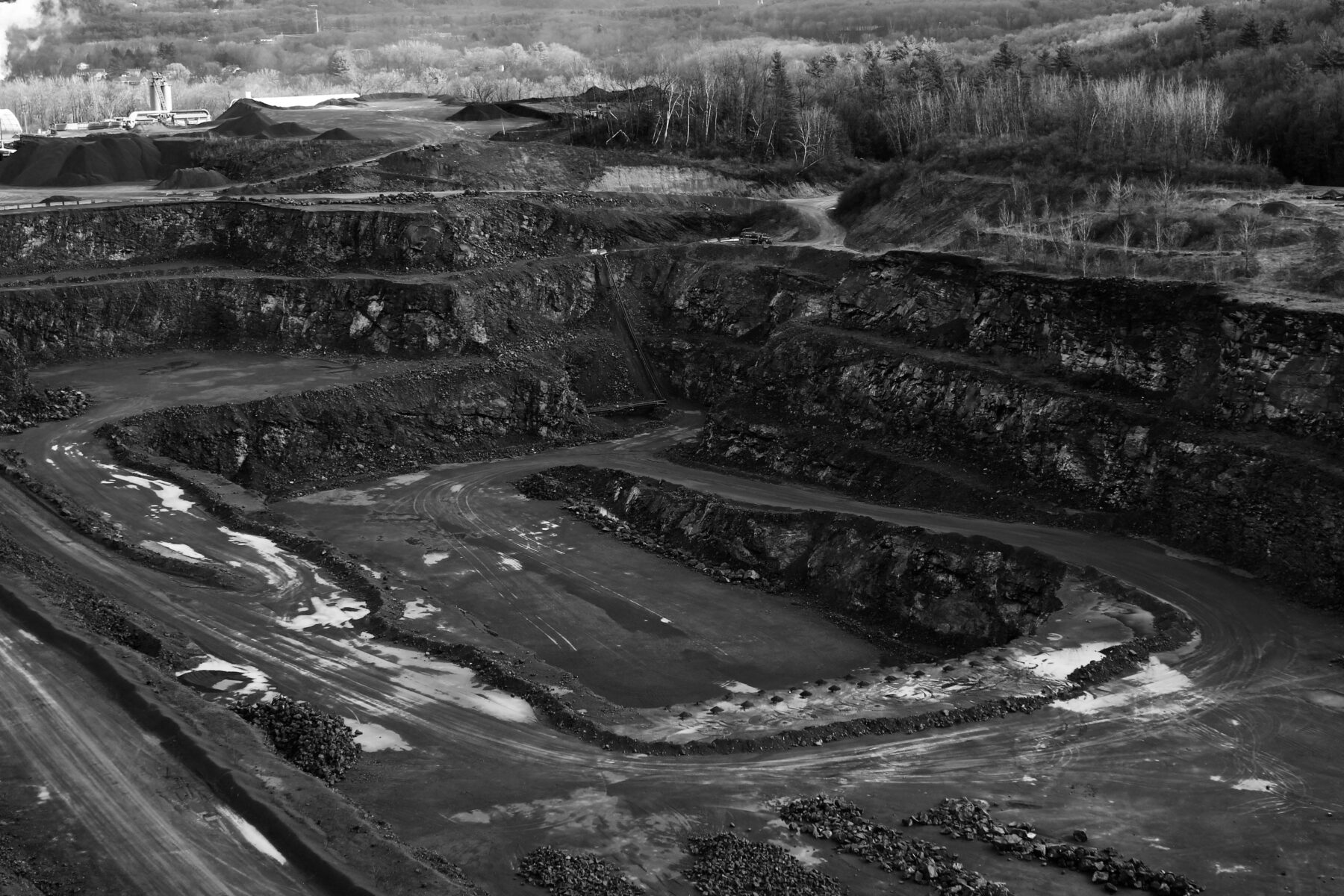
Meanwhile, other relics of Gondwanaland are celebrated, and even protected: in 1986, a series of rainforests in Australia were made into a UNESCO World Heritage site because of their ecological links to Gondwanaland.
These rainforests – which stretch across southeast Queensland and northeast New South Wales – were officially named the Gondwana Rainforests of Australia in 2007.
Up until the 1980s, these rainforests had been subjected to logging and clearing. But a bid was made by scientists and activists to recognise their value, and they now make up the most extensive and significant areas of subtropical and temperate rainforest in the world.
Part of this significance is the ancient lineage of plant and animal species in the rainforests, such as the Araucaria Pine and the Antarctic Beech, which both have origins dating back to Gondwanaland.
“These rainforests were historically neglected by tourists and walkers in favour of supposedly more ‘Australian’ eucalypt forests,” says Dr Hore. “But ironically, many of these species like Araucaria Pine and the Antarctic Beech predate eucalypts.”
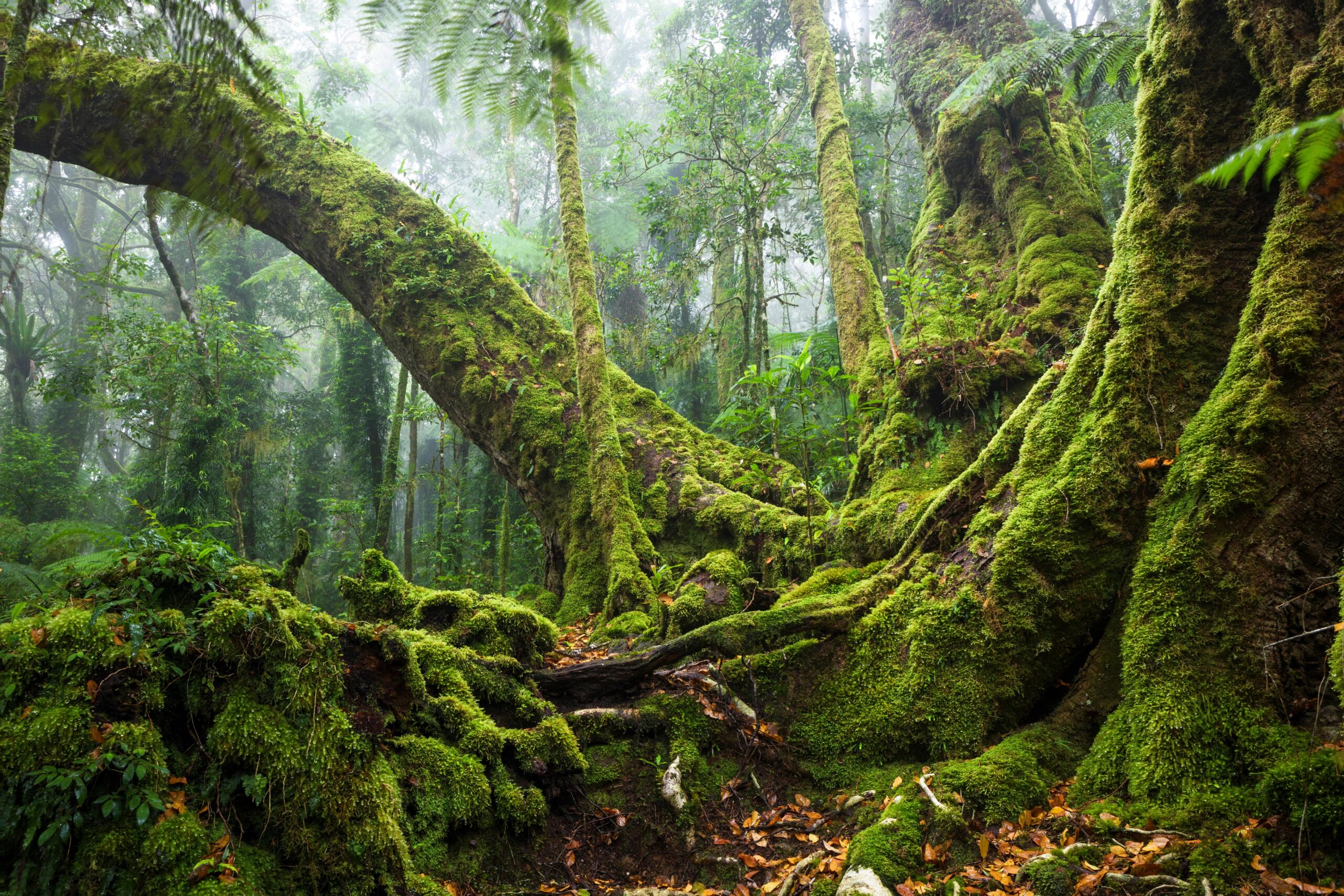
But despite the important recognition the World Heritage listing gives these ancient rainforests, there’s a key way the listing falls short, says Dr Hore.
“These rainforests are essentially managed by Indigenous people and have been for generations,” he says.
“One reason for their survival throughout all of these years is because Aboriginal people along the east coast of Australia protected them as Australia became drier and fires became more common during the Holocene Epoch, which started about 12,000 years ago up until the present.
“But the World Heritage listing doesn’t mention anything about Aboriginal ownership or continual living on the land at all. It’s geology, biology, and ecology without humans,” says Dr Hore.
“In this moment, there’s a whole kind of dispossessing happening all over again, despite the fact that Indigenous people continue to protect these sites as they have always done.”
The project of a lifetime
The Gondwana/Land project is expected to end in mid-2025, following a series of transcontinental team meetings. But for Prof. Bashford, the story continues to unfold.
“At every turn, there’s a different kind of Gondwanaland to think through,” she says.
“This is why this project, for me, is turning into the interdisciplinary project of a lifetime, and the collaborative project of a lifetime.”
The team is currently drafting a book about their research, which will include contributions from members around the world.
The book will explore and explain the different threads of Gondwanaland’s modern history – and, through this process, they aim to bring Gondwanaland back together again.
“Every time we get together to talk, we discover something additionally large and curious and strange,” says Prof. Bashford.
“Gondwanaland is not just ancient, it is part of modern history too. It shapes and literally fuels our very present.”
This article was first published by UNSW Sydney and is republished here with permission.




